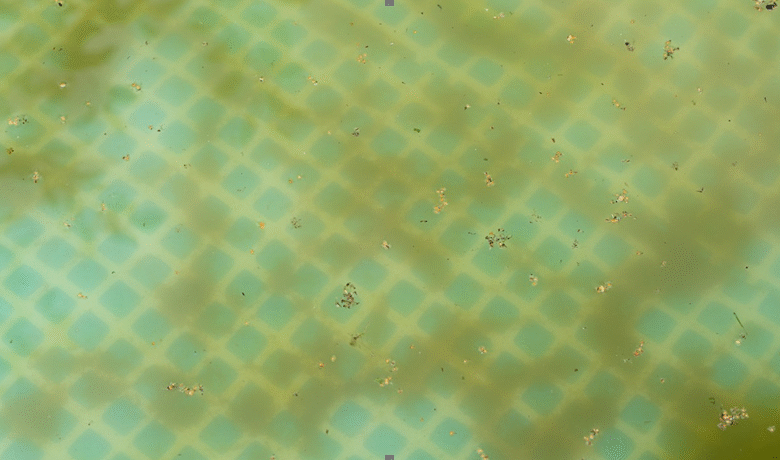
What to Do When Your Pool Water Turns Green
Discovering your pool water has turned green can be a disheartening sight. Instead of a sparkling oasis, you’re faced with a murky, algae-filled mess. Green pool water is typically caused by algae growth, often triggered by imbalanced chemicals, warm weather, or debris buildup. While it’s a common issue, especially in summer, it’s fixable with the right approach. This guide outlines practical steps to restore your pool’s clarity, prevent future algae outbreaks, and keep it swim-ready using tools like a pool cleaner.
Why Your Pool Water Turns Green
Green water is usually a sign of algae, microscopic plants that thrive in warm, nutrient-rich water. Common culprits include low chlorine levels, high pH, or organic debris like leaves and dirt, which feed algae. Poor circulation, heavy rain, or infrequent maintenance can also contribute. Left unchecked, algae can clog filters, irritate skin, and make your pool uninviting. Regular use of a pool cleaner helps remove debris that fuels algae, but when green water strikes, you’ll need a targeted plan to reclaim your pool.
Step 1: Assess and Test the Water
Before diving into treatment, confirm algae is the issue. Green water is often algae, but metal imbalances (like copper) can also cause discoloration. Use a reliable test kit to check key chemical levels: pH (7.2–7.6), free chlorine (1–3 ppm), total alkalinity (80–120 ppm), and cyanuric acid (30–50 ppm). Low chlorine or high pH often allows algae to flourish. If metals are suspected, test for copper or iron. Clear debris with a pool cleaner to get a better view of the water and ensure accurate testing. Understanding the chemical imbalance guides your treatment plan.
Step 2: Shock the Pool to Kill Algae
Shocking the pool—adding a high dose of chlorine—is the most effective way to kill algae. Follow these steps for a thorough shock treatment:
- Choose the Right Shock: Use calcium hypochlorite or liquid chlorine for best results. Aim for 10–20 ppm free chlorine, following product instructions for dosage.
- Apply at Dusk: Shock the pool in the evening to prevent UV rays from breaking down chlorine. Dissolve granular shock in a bucket of water before adding it evenly around the pool.
- Run the Pump: Keep the pump running for 24–48 hours to circulate the shock and distribute it evenly.
- Brush and Clean: Brush pool walls and floors to dislodge algae, then use the best pool cleaner, ideally a robotic model, to vacuum dead algae and debris.
Shocking may take multiple rounds for severe algae blooms, so retest chlorine levels after 24 hours and repeat if needed.
See also: Ja morant wife age Personal Life, and More
Step 3: Clean and Filter the Water
After shocking, dead algae will cloud the water or settle on the pool floor. Run your filter continuously for 24–48 hours to clear it out. Backwash or clean the filter frequently, as algae can clog it, reducing efficiency. Use a pool cleaner to vacuum debris from the pool’s surfaces, preventing it from resettling. The best pool cleaner will scrub and filter fine particles, speeding up the clearing process. If the water remains cloudy, add a clarifier to help the filter trap smaller particles, but use it sparingly to avoid over-treating.
Step 4: Rebalance Water Chemistry
Once the water clears, retest and balance chemical levels. Algae often spikes pH and depletes chlorine, so adjust pH with muriatic acid or soda ash as needed. Restore chlorine to 1–3 ppm and ensure cyanuric acid is 30–50 ppm to protect chlorine from sunlight. Maintain alkalinity at 80–120 ppm to stabilize pH. Regular testing—twice weekly in summer—prevents future imbalances. A pool cleaner helps by removing organic matter that can throw off chemistry, making it easier to maintain balance.
Step 5: Address Underlying Causes
To prevent green water from returning, identify and fix the root causes. Check your pump and filter for proper operation—poor circulation allows algae to grow in stagnant areas. Clean or replace clogged filters and ensure the pump runs 8–12 hours daily. Remove debris sources, like overhanging trees, and empty skimmer baskets regularly. The best pool cleaner keeps leaves and dirt at bay, reducing algae’s food supply. If your pool sees heavy use, shock it weekly to stay ahead of contaminants like sunscreen or sweat.
Step 6: Preventing Future Algae Growth
Prevention is easier than treatment. Maintain consistent chlorine levels and test water regularly, especially after rain or heavy use. Use a pool cover when the pool is idle to block debris and sunlight, which algae love. Brush pool surfaces weekly to disrupt early algae growth. Invest in the best pool cleaner to keep the pool free of organic matter, minimizing algae’s chances of taking hold. For extra protection, consider an algaecide as a weekly supplement, but rely on chlorine as your primary defense.
When to Call a Professional
If green water persists after multiple shocks or if you suspect metal staining or equipment issues, consult a pool professional. They can perform advanced tests, check for plumbing leaks, or recommend specialized treatments. In the meantime, keep using a pool cleaner to maintain water clarity and ease the professional’s work. Early intervention prevents costly damage and keeps your pool swim-ready.
Restoring and Maintaining a Clear Pool
Green pool water is a setback, but with prompt action—shocking, cleaning, and balancing—you can restore its sparkle. Regular maintenance with a pool cleaner and vigilant chemical checks prevent algae from returning. The best pool cleaner saves time by keeping debris under control, letting you focus on enjoying your crystal-clear pool. Stay proactive, and your pool will remain a refreshing haven all summer long.




